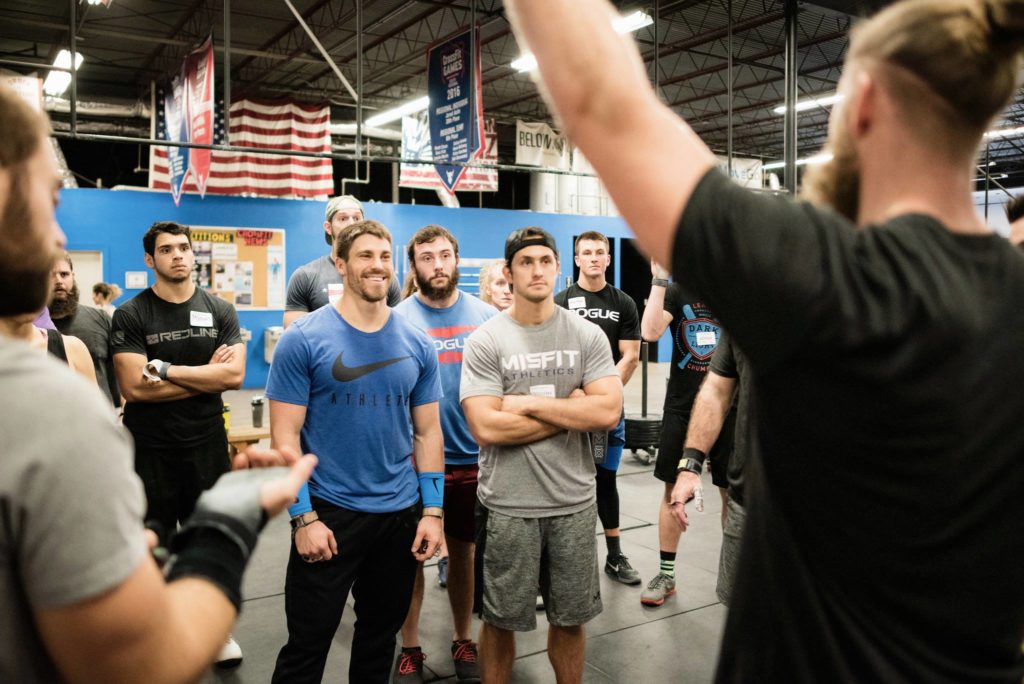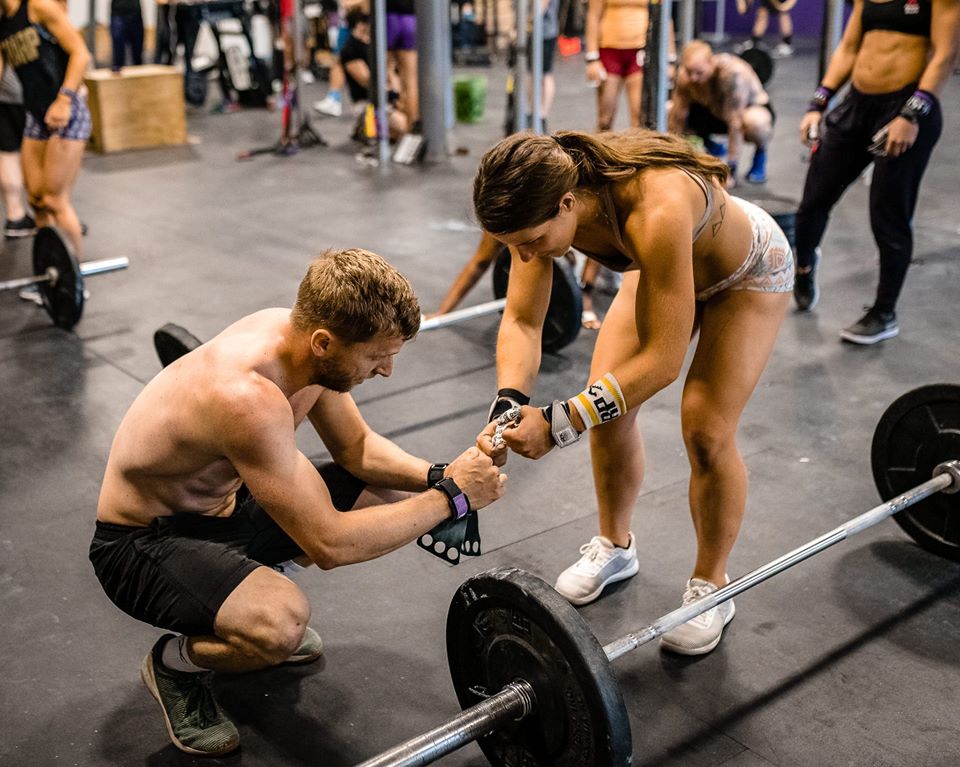A CrossFitters Guide to Zone 2 Training – Part 2

It has been almost two years since I wrote A CrossFitters Guide to Zone 2 Training, and I’m happy to say those years have given us thousands of hours of data from hundreds of athletes on rowers, bikes, ski ergs, and runners. During that period, our remote coaching clients benefited the most from that data and began personalizing their sessions alongside their coach. While the article’s what, why, and who is still the basis for its place in our programs, the how has been updated to allow all athletes to get the most out of another offseason bolstered by Zone 2 Training.
Introducing MF2 Sessions
With the preamble out of the way, we’d like to introduce MF2 Sessions: our answer to the nuance associated with Zone 2 Training that is monitored through heart rate across multiple modalities. Many of you can hit the ground running in your first session after reviewing your data from previous sessions. In contrast, others will need to work within the target heart rate parameters to determine your goal wattage/pace for the next session based on average output.
The ideal MF2 session has a chosen wattage/pace to hold during the working window. At this chosen pace, your heart rate should slowly build from the low end of your range to somewhere between or up to the high end. When choosing your pace, don’t forget to consider where your gas tank is currently before starting. Output during MF2 sessions will fluctuate due to the time of day, temperature, fueling, recovery, training order, etc.
MF2 Session Guidelines
Below are the general guidelines to help anyone with a heart rate strap, a good attitude, and some free time to get started. But let’s also talk about how to personalize these sessions. The section from 15:00 – 60:00 below is your working window where the predetermined pace is intended to be met. That 45:00 can be extended up to as long as 90:00, which we typically reach with CrossFit Games athletes through linear progression, slowly adding volume week by week. We advise most athletes to get a lot of 45:00-60:00 working windows with consistent outputs before extending them beyond that.
Last but not least is personalizing these heart rates based on which machine you are using. Most athletes can find their maximum heart rate in traditional CrossFit Workouts and/or running. If you can reach that heart rate during time trials or intervals on the machine you’re using, there is no need to change the ranges. If your maximum heart rate during time trials or intervals on that machine is lower, you will subtract the difference from each number you see below.
Example: My heart rate gets up to 190bpm during run intervals, but the highest I’ve ever seen on a Bike Erg is 185bpm. Your working window will now range from 165 – Age to 175 – Age. You may also subtract 5 bpm from the warm-up and cool-down.
MF2 Session Template:
- 0:00 – 5:00: Build to a heartrate of 160 – Age
- 5:00 – 10:00: Build to 165 – Age
- 10:00 – 15:00: Build to 170 – Age
- 15:00 – 60:00: Stay between 170 – Age and 180 – Age
- 60:00 – 65:00: Stay Above 165 – Age
- 65:00 – 70:00: Stay Above 160 – Age
- 70:00 – 75:00: Keep moving below 160 – Age
Conclusion
I’ll wrap things up by nudging you once more to read Part 1, as the sales pitch is much stronger than this how-to. If you’re just starting your Zone 2 journey, I’m excited to give you a better prescription. You won’t regret mixing in 2-3 sessions weekly for an entire offseason. For those of you well into that journey, the writing should be on the wall regarding how this could clear up some common frustrations and introduce upward progress.
As always, it’s an honor to meet you halfway in your pursuit of growth. If you have questions, don’t hesitate to slide into those DMs or join us on our free discord.
-Drew
@misfitcoach


